To provide the best experiences, we use technologies like cookies to store and/or access device information. Consenting to these technologies will allow us to process data such as browsing behaviour or unique IDs on this site. Not consenting or withdrawing consent, may adversely affect certain features and functions.
The technical storage or access is strictly necessary for the legitimate purpose of enabling the use of a specific service explicitly requested by the subscriber or user, or for the sole purpose of carrying out the transmission of a communication over an electronic communications network.
The technical storage or access is necessary for the legitimate purpose of storing preferences that are not requested by the subscriber or user.
The technical storage or access that is used exclusively for statistical purposes.
The technical storage or access that is used exclusively for anonymous statistical purposes. Without a subpoena, voluntary compliance on the part of your Internet Service Provider, or additional records from a third party, information stored or retrieved for this purpose alone cannot usually be used to identify you.
The technical storage or access is required to create user profiles to send advertising, or to track the user on a website or across several websites for similar marketing purposes.

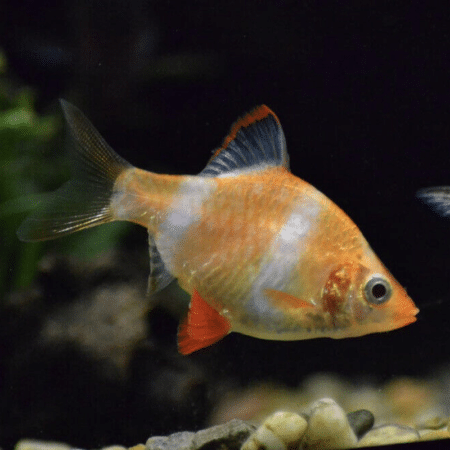

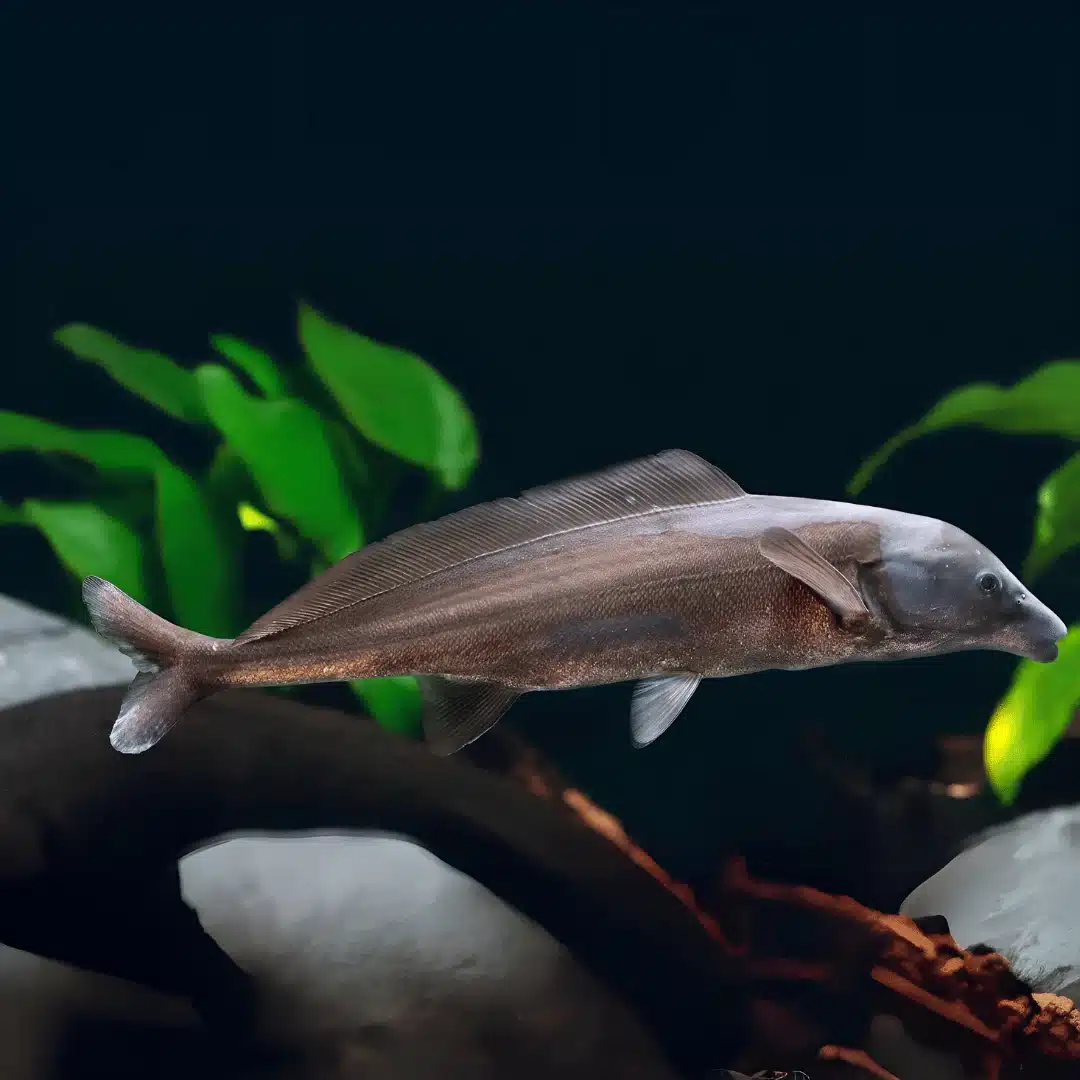
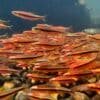
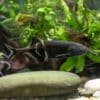






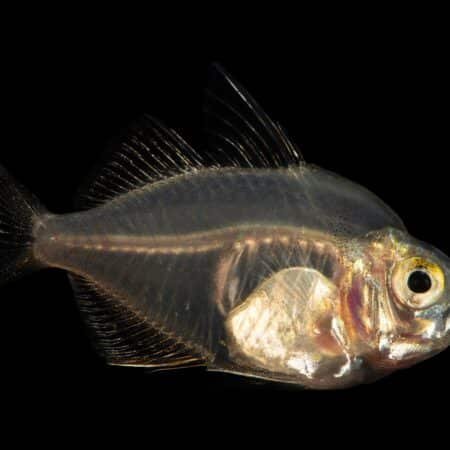

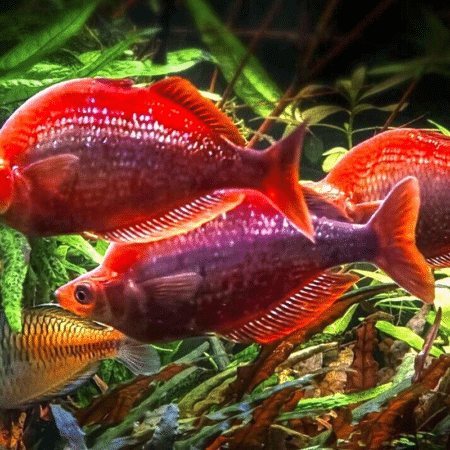
Emily Carter (verified owner) –
I recently added the Elephant Nose Knifefish to my 75-gallon freshwater aquarium, and I couldn’t be more thrilled! After just two weeks of having him, he has become one of the stars of the tank. His gentle nature and fascinating swimming style are a joy to watch. The way he uses his long snout to explore every nook and cranny is truly mesmerizing. He thrives in a well-planted tank, which I’ve taken great care to create. The lush vegetation seems to make him feel safe, and he often hides amongst the plants, which I love because it adds to the overall beauty of my aquarium.
I initially considered other tropical fish, but none seemed to match the unique characteristics of the Mormyrus longirostris. Compared to other fish, his calm demeanor and interesting interactions make him a standout. Just a tip for potential buyers: ensure you provide ample space and appropriate tank mates, as they can be shy and prefer a peaceful environment. This fish is perfect for hobbyists who appreciate a bit of elegance and personality in their aquariums. I wholeheartedly recommend the Elephant Nose Knifefish to anyone looking to enhance their freshwater fish collection!
Emily Carter (verified owner) –
I’ve been an aquarium hobbyist for over five years, and the Elephant Nose Knifefish (Mormyrus longirostris) has quickly become one of my favorites! After introducing him into my 75-gallon tank about two months ago, I can confidently say this species adds a unique charm with its graceful movements and intriguing personality. His long, delicate snout is not just visually fascinating but also perfect for foraging in the substrate, which he seems to enjoy immensely.
One of the things I love about this tropical fish is how well he thrives when the right aquarium setup is provided. My tank features plenty of hiding spots and smooth decor, mimicking his natural habitat, which I believe contributes to his happiness and vibrant colors. I did notice that he can be a bit shy at first, but with some patience, he quickly adapted and now swims confidently around the tank, exploring and even interacting with my other fish.
If you’re looking for a unique African fish that’s both visually stunning and engaging, I highly recommend the Elephant Nose Knifefish! Just be sure to provide them with a spacious tank and good water quality to keep them thriving. I did have a slight concern about their feeding habits, as they prefer live food, but once I found a good routine, it’s been a breeze. Overall, shipping was quick, and he arrived healthy and vibrant. This fish is definitely worth the investment for any dedicated aquarist!